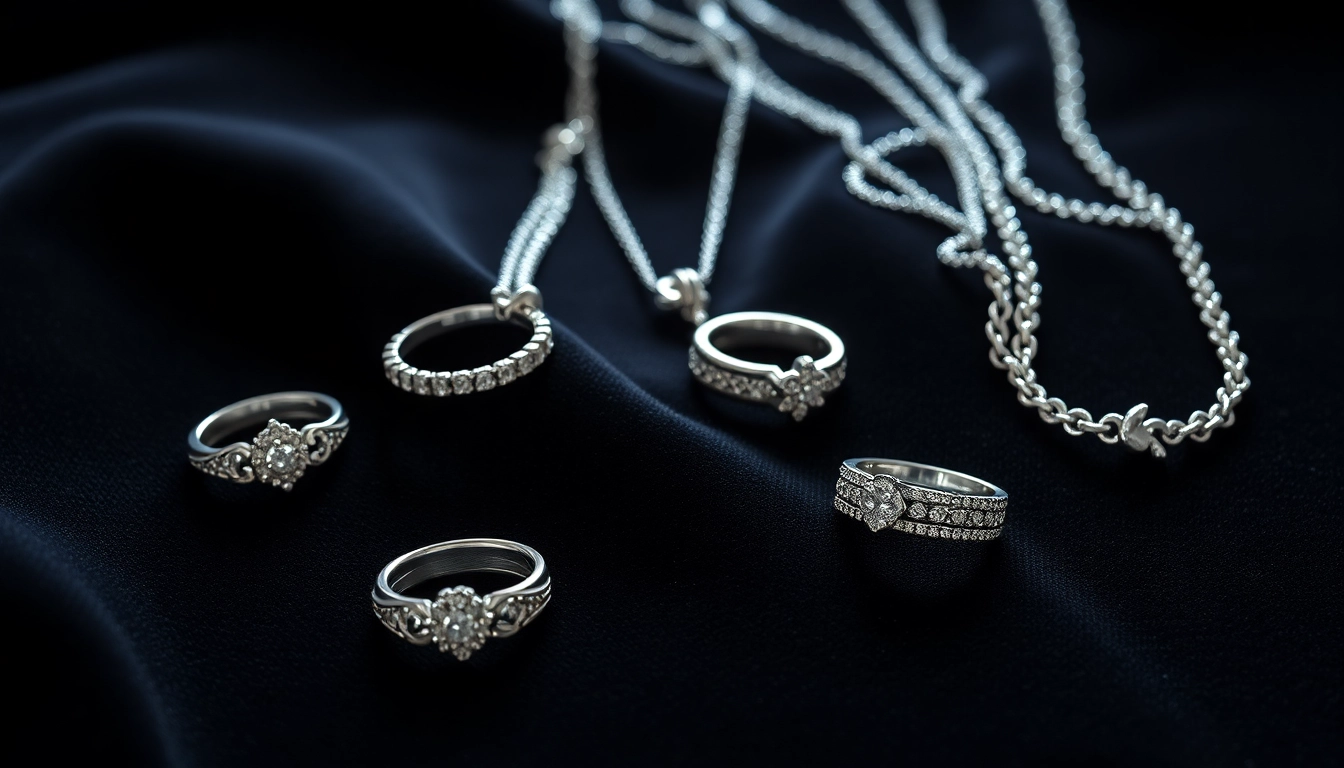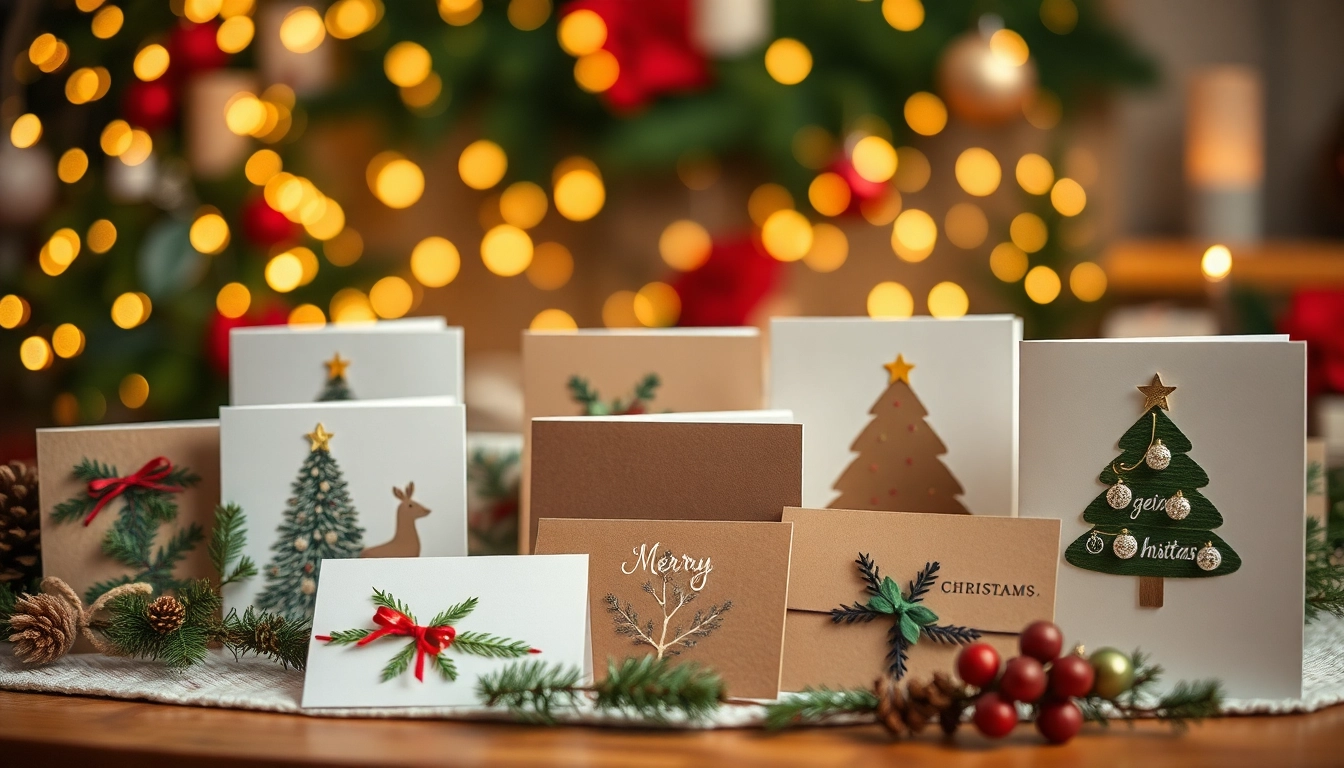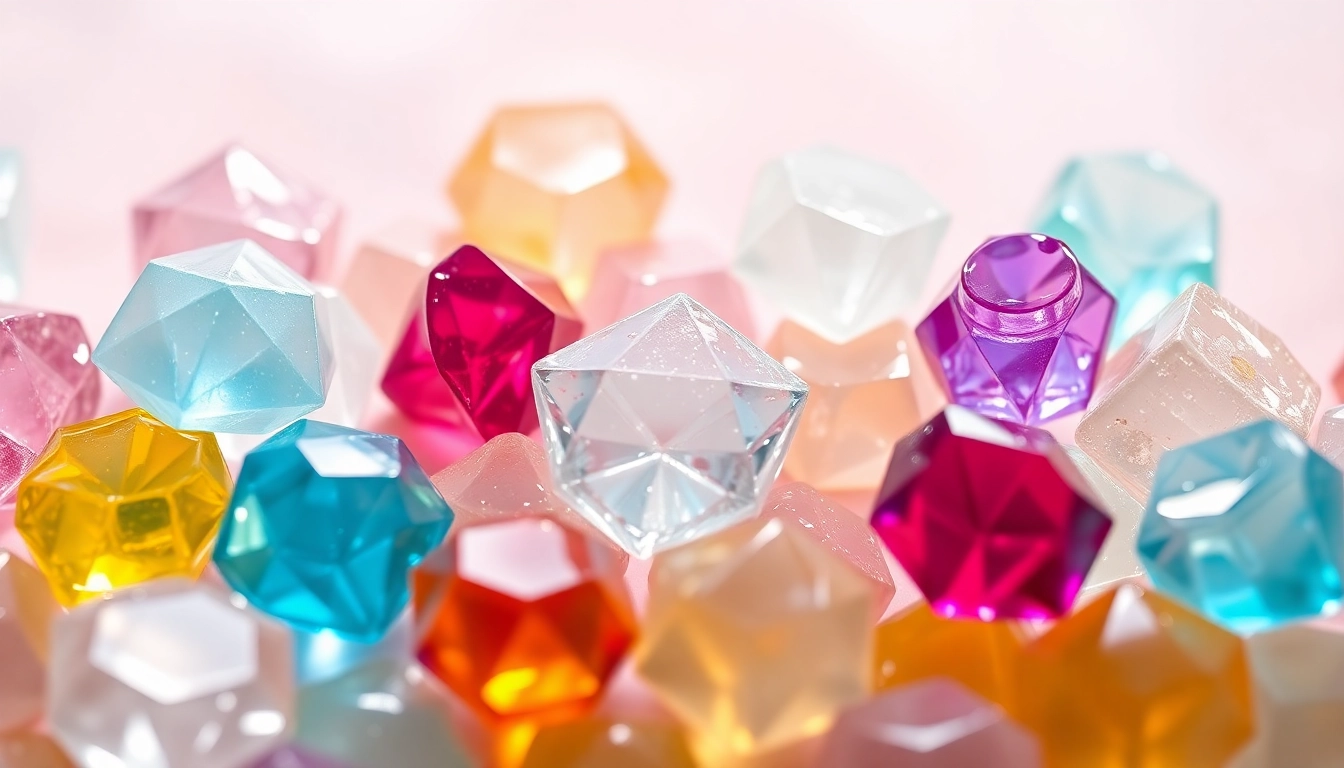Understanding Silver Jewelry: Types and Trends
What is Silver Jewelry?
Silver jewelry refers to decorative items made primarily from silver, a precious metal known for its lustrous finish and malleability. When we talk about silver jewelry, we often emphasize its quality, purity, and the distinct aesthetic appeal it brings to a variety of personal styles. The most common form of silver used in jewelry is sterling silver, which consists of 92.5% pure silver and 7.5% alloy, usually copper. This combination enhances the durability of the jewelry, making it suitable for everyday wear while retaining its beautiful shine.
The allure of Silver jewelry lies not only in its physical characteristics but also in its versatility and timeless nature. From intricate rings and elegant necklaces to artisanal bracelets and statement earrings, silver jewelry can suit any outfit or occasion. Many artisans and designers continue to innovate within this medium, exploring new techniques and designs that keep silver jewelry at the forefront of fashion.
Popular Types of Silver Jewelry
Silver jewelry encompasses a wide variety of forms, each with its unique characteristics and appeal:
- Rings: From classic bands to intricate designs featuring gemstones or engravings, silver rings are a staple in any jewelry collection.
- Necklaces: Silver necklaces come in various styles, including chains, pendants, and chokers, allowing wearers to express their individual style.
- Bracelets: These can range from simple bangles to more elaborate charm bracelets, offering versatility for layering and personal expression.
- Earrings: Hoops, studs, and dangles made of silver add a touch of elegance to any outfit and can be worn for both casual and formal occasions.
- Brooches and Pins: While not as common, silver brooches can serve as beautiful accents on jackets or scarves, showcasing intricate craftsmanship.
Current Trends in Silver Jewelry
The silver jewelry market continually evolves, influenced by fashion trends, cultural shifts, and artisan innovations. Currently, several trends are shaping the landscape:
- Minimalist Designs: Simple, clean lines are favored, often featuring geometric shapes or delicate details that cater to modern aesthetics.
- Mixed Materials: Combining silver with other materials such as leather, wood, or resin adds texture and creates a unique look.
- Personalized and Customized Pieces: Consumers increasingly desire individualized items, leading to a rise in personalized engraving or custom designs.
- Vintage and Antique Styles: Nostalgia plays a role as many seek jewelry that reflects the vintage craftsmanship of earlier periods.
- Ethically Sourced Silver: As consumers become more aware of ethical practices, sourcing responsibly mined silver is becoming a popular trend.
Choosing the Right Silver Jewelry for You
Identifying Quality Silver Jewelry
When selecting silver jewelry, understanding the quality can make a significant difference in your purchase. Look for the following characteristics:
- Composition: Ensure that the item is made of sterling silver (92.5% silver) or higher. This information is often indicated on the clasp or tag.
- Craftsmanship: Examine the detailing and finish. Quality pieces should feel well-constructed, with no rough edges or visible soldering.
- Hallmarks: Search for official stamps that indicate metal purity and the manufacturer’s brand, which can provide assurance of quality.
- Weight: Heavier pieces generally indicate that they are made from quality materials rather than light, hollow designs.
Style Considerations for Different Occasions
Your choice of silver jewelry can vary significantly based on the occasion. Here are some style considerations:
- Casual Wear: Opt for simple silver studs or a delicate chain necklace that adds elegance without overwhelming your outfit.
- Office Attire: Choose understated pieces like a sleek bracelet or a pendant necklace that complements your professional look.
- Formal Events: Elaborate silver pieces, possibly embellished with gemstones, can enhance evening wear. Consider statement earrings or a cocktail ring.
- Weddings: For special occasions like weddings, consider heirloom-quality silver jewelry that can enhance your formal attire.
Personalizing Your Silver Jewelry Choices
Personalization adds a unique touch to your silver jewelry. Consider these methods:
- Engraving: Engraving initials, dates, or meaningful quotes can turn an off-the-shelf piece into a personal treasure.
- Custom Designs: Work with artisans who can create bespoke pieces tailored to your tastes and requirements.
- Mixing and Matching: Combine various types of silver jewelry to create a layered look that reflects your individual style.
- Choosing Symbolic Designs: Select pieces that hold personal significance, such as symbols that resonate with your life journey or beliefs.
Caring for Your Silver Jewelry
Cleaning Techniques and Best Practices
Silver jewelry requires regular care to maintain its appearance and prevent tarnishing. Here are some effective cleaning techniques:
- Regular Wiping: Use a soft, lint-free cloth to wipe your silver jewelry after each wear to remove oils and dirt.
- Soap and Water Method: For built-up tarnish, mix mild dish soap with warm water, soak the jewelry for a few minutes, then gently scrub with a soft brush before rinsing and drying.
- Silver Polishing Cloths: Invest in specialized polishing cloths designed to clean and shine silver without damaging the surface.
- Avoid Harsh Chemicals: Stay away from ammonia or bleach, which can damage the delicate finish of silver.
Storage Tips to Prevent Damage
Proper storage is crucial for maintaining the quality of your silver jewelry. Follow these tips:
- Use Anti-Tarnish Pouches: Store silver in anti-tarnish pouches or cloths to minimize exposure to moisture and air, which cause tarnishing.
- Keep Separate: Avoid allowing pieces to rub against each other to prevent scratches; use individual compartments or soft pouches.
- Store in a Cool, Dry Place: Ensure that the storage location is free from humidity and high temperatures, which can affect silver’s appearance over time.
- Reflection: Regularly check your jewelry stash, as inspecting it frequently can help you catch tarnishing or issues before they worsen.
Understanding Silver Jewelry Maintenance
Maintenance extends beyond cleaning and storage. Here are ways to keep your silver jewelry in excellent condition:
- Regular Professional Cleanings: Consider occasional professional cleanings by jewelers who use ultrasonic cleaning machines for thorough care.
- Check for Damage: Regularly inspect clasps, stones, and settings, and get any repairs done promptly to avoid further damage.
- Limit Exposure: Remove silver jewelry before swimming or participating in activities that could lead to scratches or tarnishing.
- Educate Yourself: Stay informed on the best practices for silver care and maintenance to preserve your collection for years to come.
Making a Purchase: Where and How
Shopping for Silver Jewelry Online vs Retail
The decision between shopping for silver jewelry online or in brick-and-mortar stores has its own unique advantages:
- Online Shopping: Offers a wide selection and convenience. You can compare prices, read reviews, and shop from anywhere. However, quality assessment can be tricky without physical inspection.
- Retail Shopping: Provides the ability to view and try on jewelry, helping to assess quality and fit. Interaction with sales staff can also lead to personalized advice.
Ultimately, choose based on which method best suits your comfort and needs.
Key Factors to Consider When Buying
When purchasing silver jewelry, keep these critical factors in mind:
- Budget: Establish a spending plan to avoid overspending while still ensuring you choose quality pieces that are worth the investment.
- Style: Choose designs that complement your personal aesthetic and align with your lifestyle.
- Quality Assurance: Always assess the purity of the silver and the manufacturer’s reputation before making a purchase.
- Return Policy: Consider stores with flexible return policies to ensure satisfaction with your purchase.
Evaluating Price and Value of Silver Jewelry
Understanding the interplay between price and value is essential in making informed purchases:
- Craftsmanship: Higher quality craftsmanship typically justifies higher prices. Examine the details of each piece to ensure you are paying a fair price for quality work.
- Market Trends: Stay informed on silver market prices, as these can fluctuate and affect jewelry pricing. Recognizing trends helps in identifying a good deal.
- Resale Value: Consider pieces that retain good resale value, especially if you invest in designer or artisan silver jewelry.
- Enduring Appeal: Select styles that will not only appeal to current trends but also have a timeless quality, ensuring continued enjoyment.
Tradition and Significance of Silver Jewelry
Cultural Importance of Silver Jewelry
Silver jewelry plays a vital role in many cultures around the world, often serving both decorative and functional purposes. Cultures have celebrated silver through rituals, customs, and as a reflection of social status:
- Symbol of Wealth: In many civilizations, silver has historically been a representation of wealth and prestige, often used in ceremonial pieces.
- Traditional Ceremonies: Specific silver jewelry forms are used in rituals such as weddings or religious ceremonies, highlighting their cultural significance.
- Heirloom Value: Silver pieces are often passed down through generations, embodying family history and tradition.
- Artistry and Craftsmanship: Various cultures have unique styles and techniques in crafting silver jewelry, showcasing cultural heritage through artistry.
Silver Jewelry in Historical Context
Historically, silver has been valued across civilizations for its beauty and utility:
- Ancient Civilizations: From the Egyptians to the Romans, silver was used for not just currency but also jewelry, reflecting its importance in daily life.
- Trade Items: During trade routes’ prominence, silver jewelry was exchanged as valuable commodities, establishing its global reach.
- Crafting Techniques: Techniques such as filigree, chasing, and engraving can be traced back centuries, highlighting the evolution of silver jewelry craftsmanship.
- Cultural Exchange: As cultures interacted, silver jewelry styles blended, showcasing the adaptability and creativity of artisans across history.
Symbolism Associated with Silver Jewelry
Beyond its aesthetic appeal, silver has rich symbolic meanings across various cultures:
- Purity and Clarity: Often associated with purity, silver symbolizes clarity of thoughts and emotions, making it a favorite for ceremonial uses.
- Fertility and Protection: In many traditions, silver is believed to protect the wearer from negative influences, serving as a talisman.
- Loyalty and Faithfulness: Silver rings are commonly exchanged in weddings, symbolizing eternal love and commitment between partners.
- Balance and Harmony: In holistic practices, silver is valued for its purported healing properties, promoting balance within body energy.



